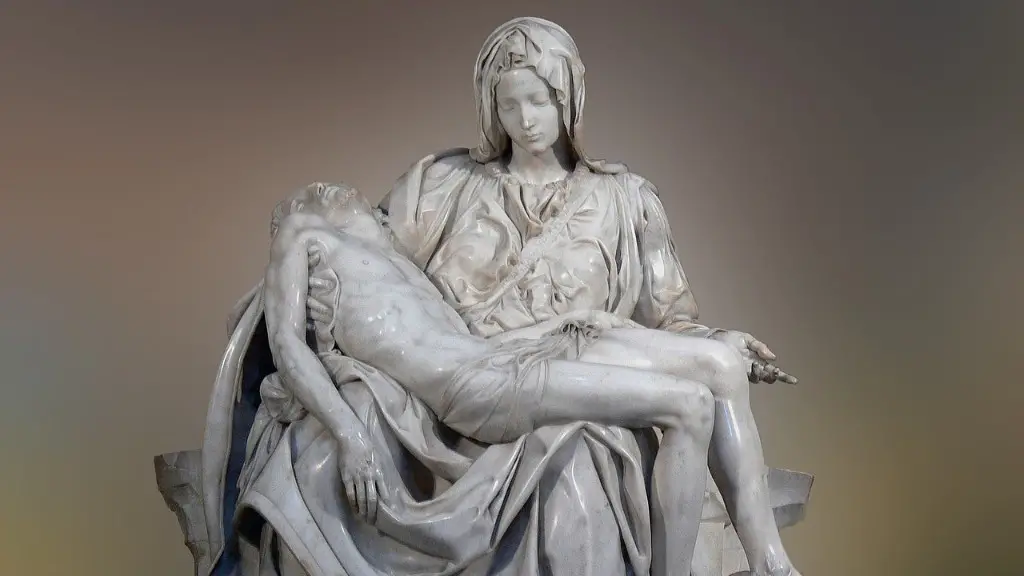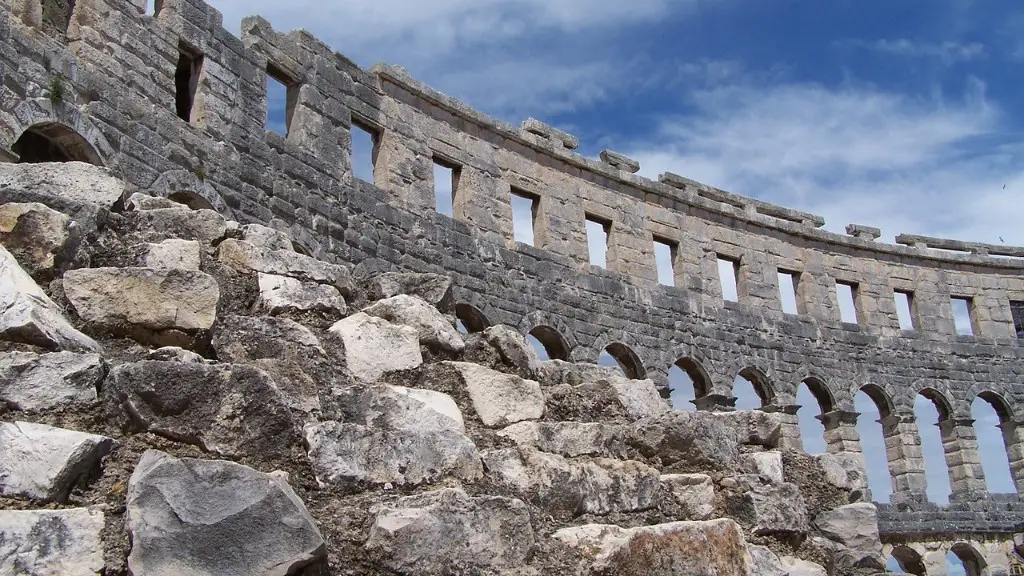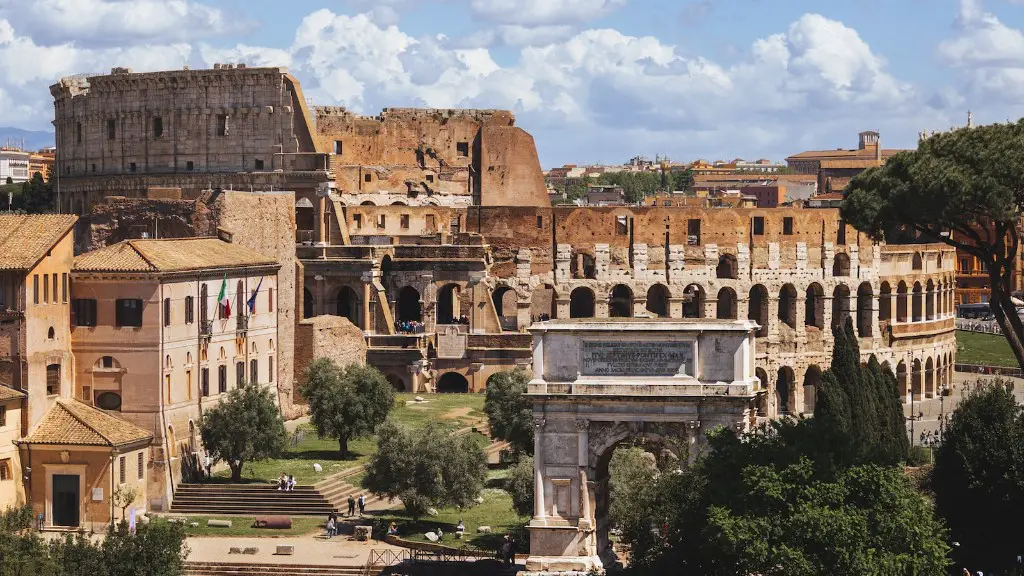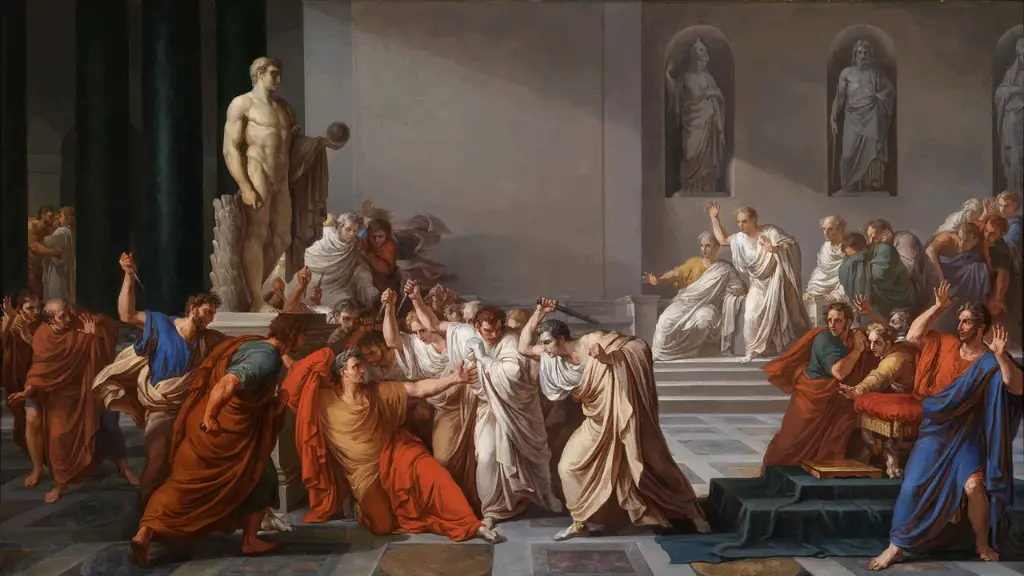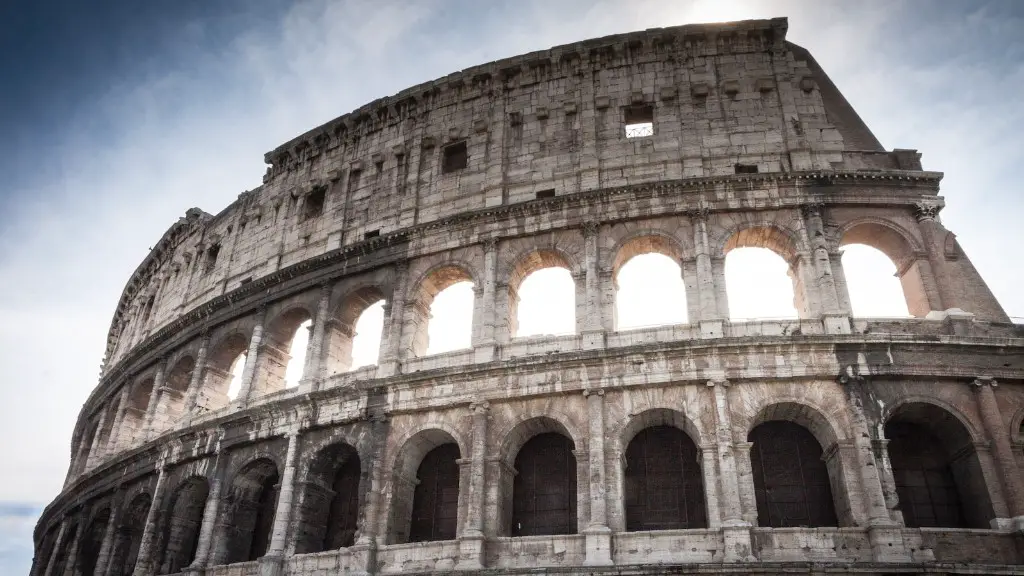The ancient Roman houses were a wide variety of structures, from the simple farmhouses of the countryside to the opulent palaces of the urban elite. Roman houses were built using a wide variety of materials, including stone, brick, and wood. They were typically built with a central courtyard and several rooms arranged around the perimeter. The decoration of Roman houses was often quite elaborate, with brightly painted walls and elaborate mosaics.
The ancient Romans lived in houses that were made of brick and had a tile roof. The houses were typically two stories tall and had a courtyard in the middle.
What kind of houses did ancient Romans live in?
Most people in the cities of Ancient Rome lived in apartments called insulae. The wealthy lived in single family homes called domus of various sizes depending on how rich they were. The vast majority of the people living in Roman cities lived in cramped apartment buildings called insulae.
The living conditions for poor Romans were quite poor. They lived in insulae, which were essentially six to eight three-storey apartment blocks grouped around a central courtyard. The ground floors were used by shops and businesses while the upper floors were rented as living space. Insulae were made of wood and mud brick and often collapsed or caught fire. This made the living conditions for poor Romans quite dangerous and uncomfortable.
What features did Roman houses have
The domus was a type of Roman house that was popular during the Republic and early Empire. It typically included multiple rooms, indoor courtyards, gardens and beautifully painted walls that were elaborately laid out. The vestibulum (entrance hall) led into a large central hall: the atrium, which was the focal point of the domus and contained a statue of or an altar to the household gods.
In ancient Rome, the poor lived in small villages or farms in stone-built structures known as insulae. These structures were often poorly built and maintained, and housed the lower echelons of society in hazardous and overcrowded conditions. In the countryside, the poor had to contend with the elements and were often at the mercy of landlords or other powerful figures. As a result, life was often hard for the poor in ancient Rome.
Did Roman houses have toilets?
Private toilets were found in Roman houses and apartments. Pompeii and Herculaneum have good examples of these. The reconstruction of a single latrine next to the culina (kitchen) at the Pompejanum (Germany), an idealized replica of a Roman villa, shows how these toilets were used.
Insulae were high-rise apartment buildings that were common in Ancient Rome. They were normally five to seven stories high, although some even had nine stories. A typical insula was built around a courtyard with buildings on the three sides of the courtyard and a wall on the fourth side to prevent the residents from intruders.
Do any Roman houses still exist?
It’s amazing to think that some Roman houses are still in use today, almost 2,000 years after they were built! It just goes to show how well-designed and constructed these homes were, and how they’ve been able to stand the test of time. Even in the harsh desert conditions of central Turkey, these homes are still providing shelter and comfort for those who live in them. It’s a fascinating glimpse into the past, and a reminder of the lasting legacy of the Roman Empire.
The atrium was the central point of a Roman house and all of the other rooms opened up off of it. Atriums did not have roofs and they were designed to let in a lot of light. A wealthy Roman house would have had many rooms, including a kitchen, bath, dining room, bedrooms, and rooms for slaves.
How did Romans light their houses
Oil lamps were used as a source of light by all Romans. Artificial light was common throughout the Roman Empire. Oil lamps offered an alternative to candlelight. The most common material used was pottery, and had only one wick.
The tegula and imbrex were two main components of the Roman roofing style, which was adapted and popularized by the Greeks. The tegula was a flat tile used to cover the majority of the roof, while the imbrex was a rounded tile laid over the joints of the tegula.
Did Roman houses have air conditioning?
The ancient Romans were able to keep their homes cool during the summer months by using a series of architectural tricks that provided them with air-conditioning. They would pump cold water from the aqueducts through the walls of the homes of the elite to freshen their dwellings during the summer months. This allowed them to stay cool and comfortable while the rest of the population suffered in the heat.
Doors and windows were an important part of a Roman house. The main entrance was usually through a set of double doors called fores. The back door, which opened into a garden or into a peristylium, was called the posticum. The doors were designed to open inward, and those in the outer walls were equipped with slide-bolts and bars to improve security.
Did Romans have homeless
The homeless were treated very differently in Rome 2,000 years ago. There were no facilities for them and the only remedy was to offer sacrifices at temples to Jupiter, Juno, or gods from the Middle East like Isis and Cybele. Many among the affluent saw them as iniquitous and this led to a lot of discrimination against them.
These materials are essential for the construction of buildings that can withstand the elements and the test of time.
Did Roman houses have windows?
Ancient Rome was the first civilization to have glass windows. They discovered the technology of mixing sand and other component materials and heating the mixture so it could be pressed and cast into small pieces that were formed into panes.
Bathing was a custom introduced to Italy from Greece towards the end of the 3rd century BC. Early Romans washed their arms and legs everyday, which were dirty from working, but only washed their whole bodies every nine days. This was because they believed that it was only necessary to clean the parts of the body that were exposed to dirt and grime. However, over time, the frequency of bathing increased and by the 1st century AD, Romans were bathing daily.
Did Romans sleep on beds
The wealthy citizens of ancient Rome slept on raised beds made of metal, with woven metal supports to hold the feather or straw-stuffed mattress. Less-wealthy people had similar beds made from wood, with wool strings holding up the mattress. If you were poor, however, you still had to make do with a mat on the floor.
If you went to the toilet in ancient Rome, you would not have any toilet paper Instead you may have used a sponge (Latin: tersorium) to wipe. These ancient devices consisted of a stick with a vinegar- or salt water-soaked sponge attached. They were often shared!
Final Words
The ancient Romans built their houses out of stone or brick, and they often had a tile roof. The style of the houses varied depending on the region, but they were typically spacious and had a central courtyard.
The ancient Romans houses were made of brick and mortar and usually had two to three stories. They were often decorated with colorful paintings and mosaics.
